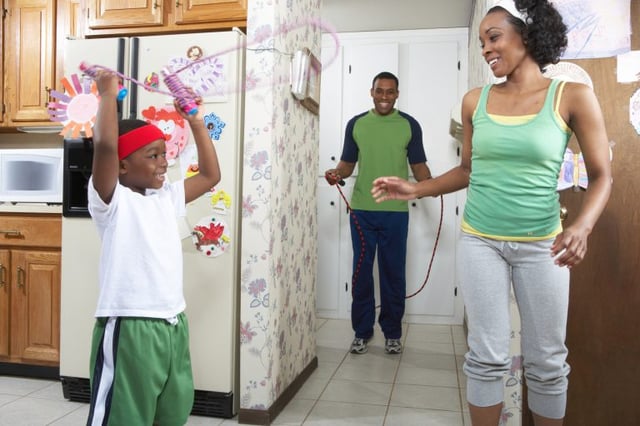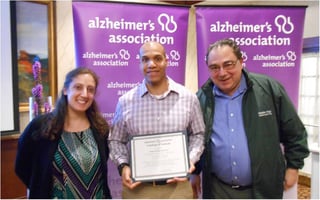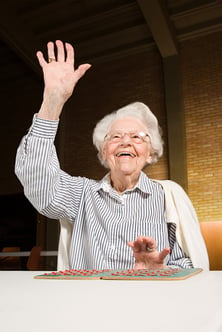If you've been considering a New Year’s resolution, "starting a regular exercise program" may have been on your list. And why not? Starting an exercise program is a healthy choice that can help you feel better physically, mentally and even emotionally. In this blog we'll discuss four simple fitness tips that can help you stay on track with becoming more active.

First, start with an exercise plan and write it down on your calendar. This simple step of asking yourself to make a commitment can provide a regular reminder to keep you on track with your schedule and goals. Ask yourself a few questions before solidifying your plan to ensure your fitness routine is maintained.
When and how will I exercise? Reserving the same time to exercise on a weekly basis will ensure you make your new fitness program a priority. Make sure the times to exercise are suitable for you and can be repeated without interruption. Choose activities you will enjoy to increase the likelihood that you'll keep coming back to your routine. If you think exercising alone might make it hard to stick to your plan, then consider group fitness classes. Also, be realistic about your capabilities. If you can only exercise for 10-15 minutes then work within that time frame. Some movement is better than none.
[Read More: 4 Fast Exercises For When You're In A Hurry]
Let's talk about some tips for ensuring success, staying on track and most of all making sure you continue to enjoy your healthy choices. Exercise doesn't have to be a pain or a nuisance. If you can find enjoyable activities, set reasonable goals you're much more likely to succeed and make this a lifestyle change, not just a New Year's resolution. Here are a few tips to keep in mind as you go.
Slow and steady wins the race. See your resolution as a lifestyle changer. You will be less likely to continue in the long-term if you are too hard on yourself and increase the intensity without proper preparation. Starting off with a low intensity program for only 10 minutes a session, 3 times a week is a good way to prevent injuries, avoid burnout and make your new routine a healthy habit. Keep your eyes on the prize and only worry about your capabilities. Comparing yourself to others physical abilities may discourage you and we all had to start somewhere!
Set the bar low (at least initially). When creating a healthy resolution focused on adopting regular exercise, set a goal that isn't focused on body weight. Becoming regularly active isn't an end game; it's a lifestyle choice and your goals should reflect that. Life is busy and things happen that may modify our exercise program throughout the year. Setting a goal such as walking a 10k by June is more achievable than simply focusing on weight. As you feel good striving towards your goal, other achievements will be gained along the way. Remember you can also modify your resolution as long as it’s initially a reasonable expectation.
Bring a friend. Working out with a friend or partner can be the push you need to stay consistent. Consistency is key to achieving your goals and having a friend or partner is added support. Friends keep us accountable, motivated and in some cases a dose of healthy competition!
No matter the goal, remember that a fitness resolution is taking a step in the right direction to improve your quality of life. Keeping your eyes on the prize will reap benefits such as increased energy, healthier bones, and a positive attitude! Cheers to a healthy and active year!


 One of our clients put the
One of our clients put the  Fund-raising Events
Fund-raising Events

